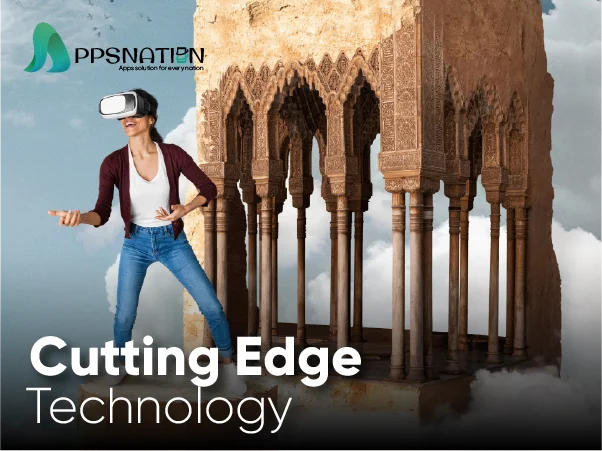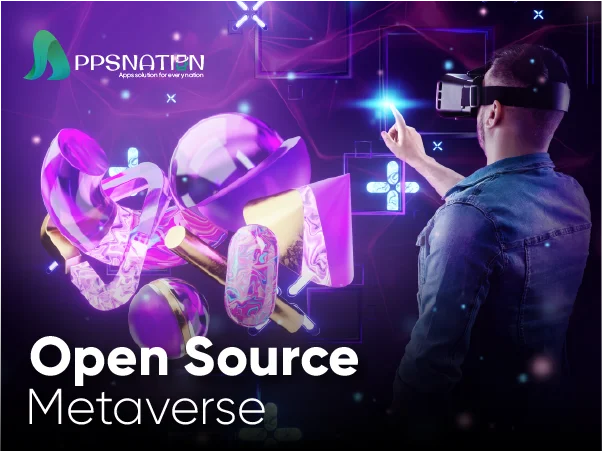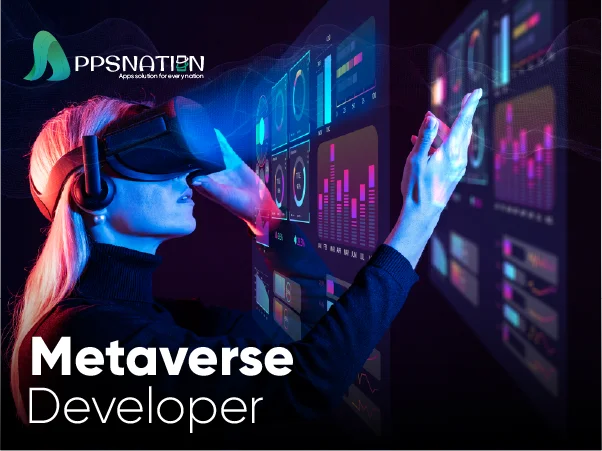The idea of the metaverse has captivated the minds of technology enthusiasts and futurists alike. It promises a virtual realm where users can interact, explore, and create in a highly immersive and interconnected environment. As this exciting new frontier evolves, several cutting-edge technologies are driving the development and shaping the future of the metaverse. In this article, we will explore seven of these transformative technologies that are revolutionising the way we experience the metaverse.
Table of Contents
| 1 | Introduction |
| 2 | Virtual Reality (VR) |
| 3 | Augmented Reality (AR) |
| 4 | Blockchain Technology |
| 5 | Artificial Intelligence (AI) |
| 6 | Internet of Things (IoT) |
| 7 | 3D Printing |
| 8 | Robotics |
| 9 | Conclusion |
| 10 | Frequently Asked Questions (FAQs) |
Introduction
The metaverse is a virtual universe where people can interact with digital environments and each other in real-time. It goes beyond traditional gaming and extends into various industries, including entertainment, education, and commerce. To build this immersive and interconnected digital realm, several cutting-edge technologies are being employed. Let’s delve into these technologies and explore their significance in shaping the metaverse.
Virtual Reality (VR)
Virtual Reality (VR) technology enables users to enter and experience computer-generated immersive environments. It provides a sense of presence by stimulating the user’s senses, typically through a head-mounted display and motion-tracking devices. In the metaverse, VR allows users to explore virtual worlds, interact with objects and other users, and engage in various activities with a heightened sense of realism.
Augmented Reality (AR)
Augmented Reality (AR) overlays digital content onto the real world, enhancing the user’s perception and interaction with their physical surroundings. By blending virtual elements with the real environment, AR enriches the metaverse experience. It enables users to access information, view virtual objects, and interact with virtual characters in real-time, opening up a whole new dimension of possibilities.
Blockchain Technology
Blockchain technology plays a vital role in establishing trust, security, and ownership within the metaverse. It provides decentralised and transparent systems that enable secure transactions, asset ownership, and digital identity verification. By leveraging blockchain, the metaverse ensures data integrity, fosters a peer-to-peer economy, and empowers users with control over their virtual assets and creations.
Artificial Intelligence (AI)
Artificial Intelligence (AI) is at the core of the metaverse, driving intelligent interactions, realistic simulations, and dynamic content generation. AI algorithms enable virtual characters to exhibit human-like behaviours, respond to user inputs, and learn from interactions. Through AI, the metaverse becomes a dynamic and evolving environment, adapting to user preferences and creating personalised experiences.
Internet of Things (IoT)
The Internet of Things (IoT) connects physical devices and objects to the internet, enabling data exchange and interaction. In the metaverse, IoT extends beyond traditional smart devices and encompasses a vast network of interconnected sensors, wearables, and smart environments. IoT integration enhances the metaverse experience by providing real-time data, enabling gesture-based interactions, and creating a seamless bridge between the virtual and physical worlds.
3D Printing
3D printing technology revolutionises the way physical objects are created and replicated in the metaverse. It allows users to design and produce tangible objects from digital models. 3D printing empowers users to bring their virtual creations into the physical realm, blurring the boundaries between the digital and physical worlds. This technology enables the metaverse to extend its impact beyond the virtual space.
Robotics
Robotics brings physical embodiment to the metaverse by enabling the presence of autonomous and interactive robots. These robots can navigate virtual environments, interact with users, and perform tasks within the metaverse. Robotics technology adds an additional layer of realism and social interaction to the metaverse experience, making it feel more tangible and immersive.
Conclusion
The metaverse is rapidly evolving, fueled by cutting-edge technologies that push the boundaries of what is possible in the virtual realm. Virtual Reality, Augmented Reality, Blockchain Technology, Artificial Intelligence, Internet of Things, 3D Printing, and Robotics are all playing crucial roles in shaping the metaverse. As these technologies continue to advance, the metaverse will become a transformative space, revolutionising industries and revolutionising the way we interact with digital content.
FAQ
Q: What is the metaverse?
The metaverse is a virtual reality space that encompasses augmented reality, virtual reality, and the internet. It allows users to interact with each other and digital elements in a three-dimensional environment.
Q. How does Virtual Reality contribute to the metaverse?
Virtual Reality technology allows users to enter computer-generated immersive environments, enabling them to explore virtual worlds and interact with other users and objects.
Q: What role does Blockchain Technology play in the metaverse?
Blockchain provides decentralised and transparent systems that establish trust, security, and ownership within the metaverse. It enables secure transactions, asset ownership, and digital identity verification.
Q: How does Artificial Intelligence enhance the metaverse experience?
Artificial Intelligence drives intelligent interactions, realistic simulations, and dynamic content generation in the metaverse. It enables virtual characters to exhibit human-like behaviours and adapt to user preferences.
Q: How does 3D Printing blur the boundaries between the virtual and physical worlds?
3D printing technology allows users to bring their virtual creations into the physical realm by producing tangible objects from digital models, enabling a seamless transition between the virtual and physical realms.





